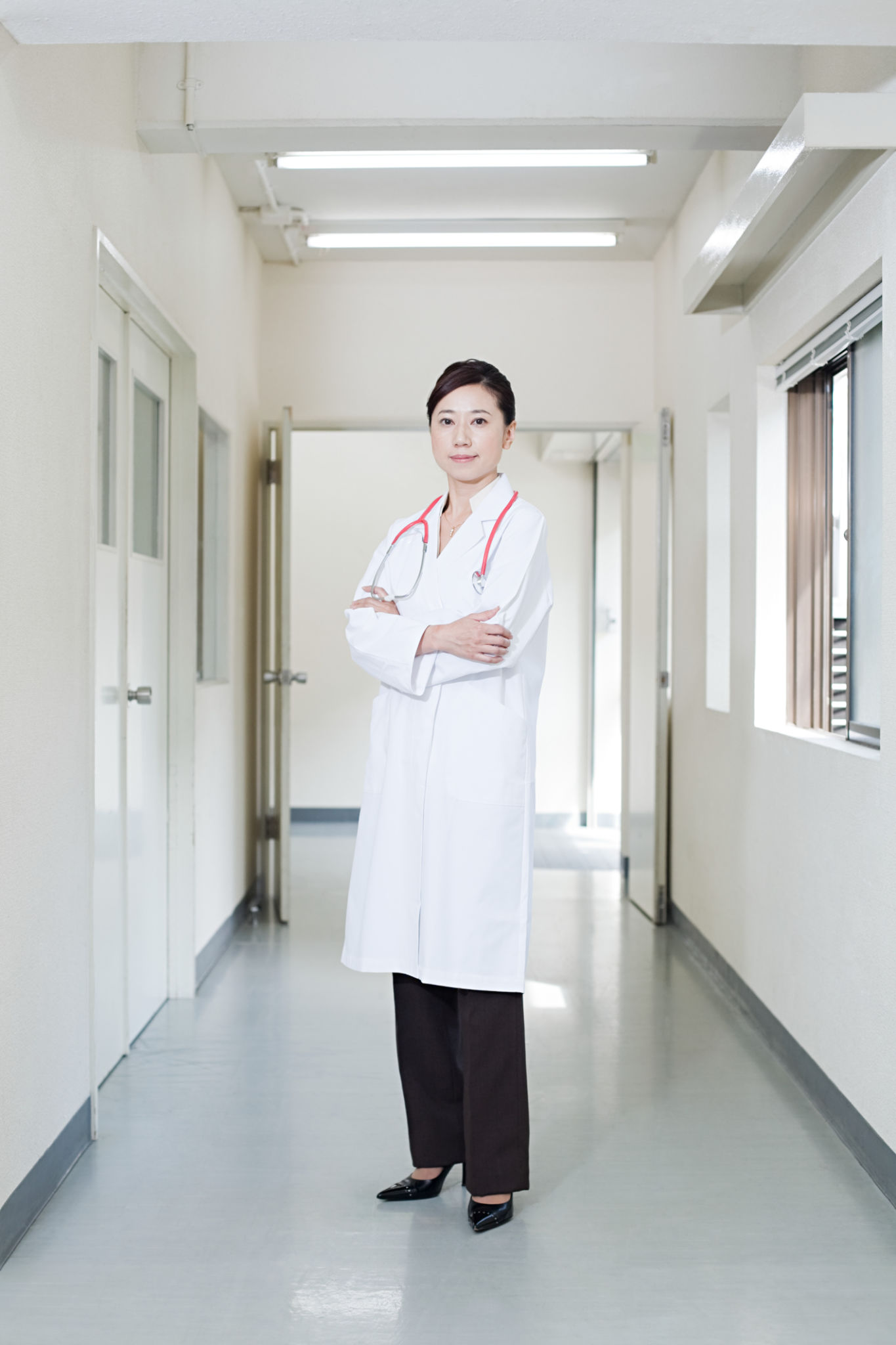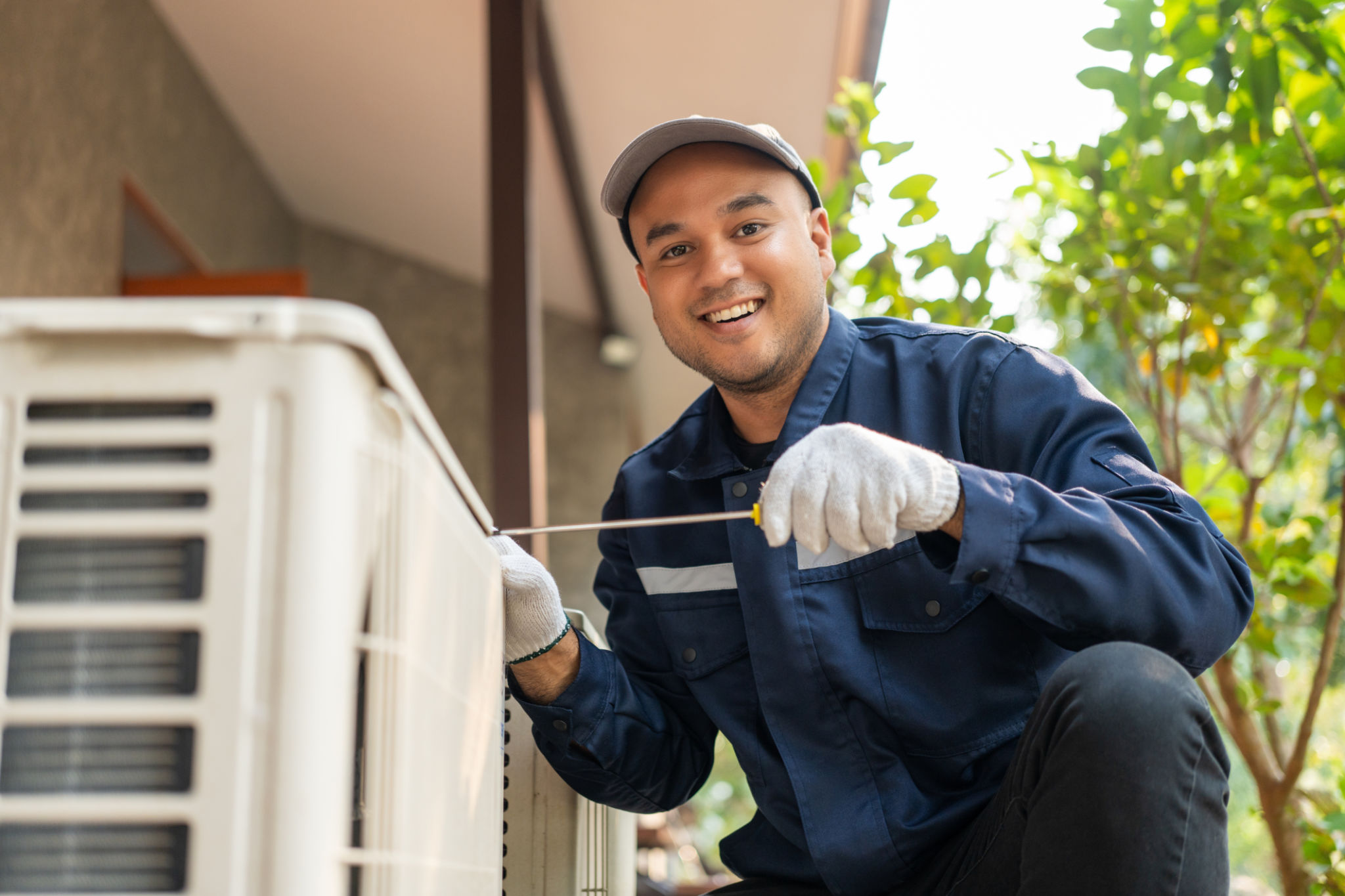Understanding the Regulatory Requirements for Medical Equipment Repair in Mecca
Introduction to Regulatory Requirements
Understanding the regulatory requirements for medical equipment repair in Mecca is crucial for any service provider in the healthcare sector. These regulations ensure that all medical devices are repaired and maintained to the highest standards, safeguarding the health and safety of patients and healthcare professionals. In this post, we'll explore the key regulations and compliance measures that must be adhered to.

Governing Bodies and Legislation
In Mecca, several governing bodies oversee the regulation of medical equipment repair. The Saudi Food and Drug Authority (SFDA) is a primary entity responsible for ensuring the safety and efficacy of medical devices throughout their lifecycle. The SFDA has established comprehensive guidelines and standards that all repair service providers must follow.
Standards and Certifications
Compliance with international standards, such as ISO 13485, is often required for service providers. This standard outlines the quality management system requirements specific to the medical devices industry. Obtaining such certifications not only ensures compliance but also enhances the trust and credibility of a repair service provider.
Steps for Compliance
To comply with regulatory requirements, repair service providers must implement a series of steps. These include maintaining detailed documentation of all repairs, ensuring that technicians are adequately trained and certified, and regularly auditing their processes to identify areas for improvement.
- Maintain detailed documentation of all equipment repairs.
- Ensure technicians are properly trained and certified.
- Conduct regular audits of repair processes.

Training and Certification
One of the critical aspects of compliance is ensuring that all technicians involved in medical equipment repair are properly trained and certified. Training programs should cover both theoretical knowledge and practical skills, ensuring technicians are equipped to handle various types of medical devices safely and effectively.
Continuous Education
Continuous education is also essential for keeping up with advancements in technology and changes in regulatory requirements. Workshops, seminars, and online courses can help technicians stay informed about the latest developments in medical equipment repair practices.
Quality Assurance and Safety Protocols
Implementing robust quality assurance processes is vital to meet regulatory standards. This includes routine inspections of repaired equipment, testing for functionality and safety, and adhering to strict safety protocols during the repair process. These measures help ensure that repaired equipment performs reliably and safely in clinical settings.

Challenges in Compliance
While compliance with regulatory requirements is essential, it can pose several challenges. Keeping up with evolving regulations, managing costs associated with certification, and ensuring consistent quality across all repair services are some common hurdles faced by service providers.
Solutions to Overcome Challenges
To overcome these challenges, companies can invest in advanced technologies that streamline repair processes, establish partnerships with certified training institutions, and implement automated systems for documentation and audits. These strategies can help maintain high standards while optimizing operational efficiency.
The Importance of Compliance
Ultimately, understanding and adhering to regulatory requirements for medical equipment repair in Mecca is not just about legal compliance—it is about ensuring patient safety and enhancing the quality of healthcare services. By prioritizing compliance, service providers contribute to a safer and more reliable healthcare environment.
In conclusion, staying informed about regulatory requirements and implementing robust compliance strategies are essential for any medical equipment repair service provider in Mecca. By doing so, they can ensure the highest standards of safety and reliability for healthcare facilities and their patients.
